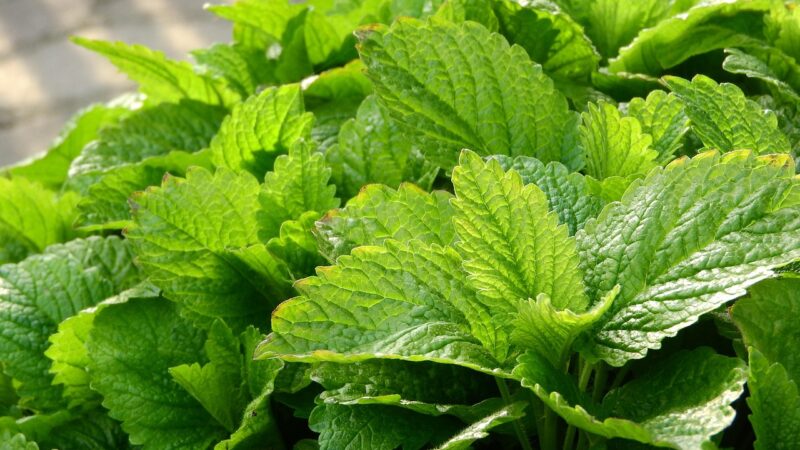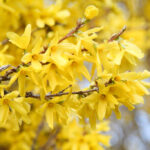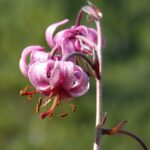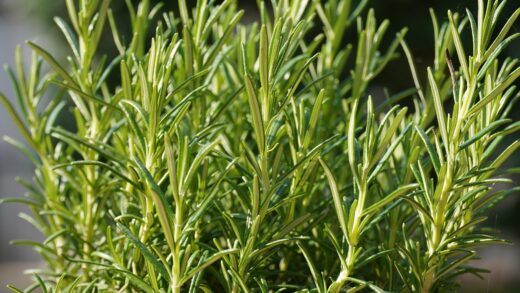The planting and propagation of lemon balm

Lemon balm is a wonderfully forgiving herb, making it an excellent choice for gardeners of all skill levels. Its vigorous nature means that once you have one plant, you can easily create many more to expand your garden or share with friends. The processes of planting and propagating this aromatic herb are straightforward, requiring only basic gardening knowledge and a few simple tools. Whether you are starting from seed, using a young plant from a nursery, or dividing an established clump, the methods are accessible and generally yield a high rate of success, ensuring a steady supply of this delightful, lemon-scented herb.
The initial planting of lemon balm sets the stage for its future growth and productivity. Selecting the right location is paramount, as this will dictate the plant’s overall health and vigor. As a member of the mint family, it has a tendency to spread, so careful consideration of its placement is necessary to prevent it from becoming invasive. By understanding its preferred conditions and growth habits from the outset, you can establish a healthy plant that is both productive and well-behaved within your garden’s design.
Propagation is where the true generosity of lemon balm shines. The ability to easily create new plants from a single parent plant is one of its most rewarding characteristics. The primary methods of propagation include seed sowing, division, and taking cuttings, each with its own set of advantages depending on the gardener’s goals and the time of year. These techniques allow for the rapid multiplication of your stock, making it an economical and sustainable way to fill your garden with its lush foliage and refreshing aroma.
Ultimately, both planting and propagation are about creating new life and fostering growth. With lemon balm, this process is particularly gratifying due to its eagerness to grow and thrive. By following a few fundamental guidelines for soil preparation, spacing, and propagation techniques, you can ensure that your lemon balm patch flourishes. This initial effort will be repaid many times over with bountiful harvests of fragrant leaves for culinary and aromatic uses for years to come.
Starting from seed
Growing lemon balm from seed is an economical and satisfying way to start your plants. Seeds can be sown indoors 6 to 8 weeks before the last expected frost date, or directly into the garden after the danger of frost has passed and the soil has warmed. Lemon balm seeds require light to germinate, so they should be sown on the surface of the soil and only very lightly covered with a fine layer of soil or vermiculite. This ensures they receive the necessary light exposure to sprout.
More articles on this topic
When starting seeds indoors, use a sterile seed-starting mix in trays or small pots. Moisten the mix before sowing the seeds on top, and then press them gently into the surface to ensure good contact. Cover the container with a plastic dome or wrap to maintain high humidity, and place it in a warm location that receives bright, indirect light. Germination can be slow and somewhat erratic, typically taking between 7 and 21 days. Once the seedlings have emerged, remove the cover to improve air circulation.
After the seedlings have developed their first true leaves, they can be thinned to ensure the strongest ones have enough space to grow. When they have at least two sets of true leaves and have been hardened off, they are ready to be transplanted into the garden. Hardening off is the process of gradually acclimating the young plants to outdoor conditions over a week or two, which helps to prevent transplant shock. This involves moving them outside for a few hours each day, gradually increasing their exposure to sunlight and wind.
If you choose to sow seeds directly into the garden, prepare the bed by clearing it of weeds and raking the surface to a fine tilth. Scatter the seeds over the prepared area and lightly press them into the soil. Keep the seedbed consistently moist until germination occurs. Once the seedlings are a few inches tall, thin them to their final recommended spacing, which is typically about 18 to 24 inches apart. This spacing provides ample room for the plants to mature and for air to circulate freely.
Planting nursery starts
For those seeking a more immediate result, purchasing young lemon balm plants, or nursery starts, from a garden center is an excellent option. This method bypasses the germination and early seedling stage, providing you with a well-established plant that is ready to be placed in its final location. When selecting a plant, look for one with healthy, vibrant green leaves and no signs of pests or disease. Avoid plants that appear wilted, yellowed, or have leggy, weak stems.
More articles on this topic
The best time to plant nursery starts is in the spring, after the last frost, or in the early autumn. This timing allows the plant to establish its root system in moderate temperatures before the stress of summer heat or winter cold. Prepare the planting hole by digging it slightly wider than the plant’s container and to the same depth. If your soil is heavy or poor, it is a good idea to amend the backfill soil with compost to improve its structure and fertility.
To remove the plant from its container, gently squeeze the sides of the pot and tip it upside down while supporting the base of the plant with your other hand. If the roots are tightly bound, a condition known as being root-bound, gently tease them apart with your fingers to encourage them to grow outwards into the new soil. Place the plant in the hole, ensuring that the top of the root ball is level with the surrounding soil surface. Planting it too deep can lead to stem rot.
After placing the plant in the hole, backfill with the amended soil, firming it gently around the root ball to eliminate any large air pockets. Water the plant thoroughly immediately after planting to help settle the soil and provide moisture to the roots. Continue to water the new plant regularly for the first few weeks as it becomes established in its new location. A layer of mulch around the base of the plant can help to conserve soil moisture and suppress weeds.
Propagation by division
Division is one of the easiest and most reliable ways to propagate lemon balm. This method is best performed on mature, established plants that are at least two or three years old. The ideal time to divide lemon balm is in the early spring, just as new growth begins to emerge, or in the autumn after the plant has finished its main growth cycle for the year. Dividing the plant not only creates new plants but also helps to rejuvenate the parent plant and keep its size in check.
To divide a lemon balm plant, you will first need to carefully dig up the entire clump. Use a garden fork or spade to loosen the soil around the perimeter of the plant, and then lift the entire root ball out of the ground. Once the clump is out of the soil, you can use a sharp spade, a garden knife, or even your hands to separate it into smaller sections. Each section should have a healthy portion of roots and several shoots or growth buds.
The size of the divisions can vary depending on your needs. You can split a large clump into two or three large sections, or into many smaller ones. The key is to ensure that each new piece has a viable root system to support its growth. After separating the divisions, it is a good idea to trim back some of the top growth by about half. This reduces the stress on the newly separated roots as they work to establish themselves in their new location.
Replant the divisions immediately in their new spots, following the same planting guidelines as for nursery starts. Plant them at the same depth they were previously growing, backfill with soil, and water them in thoroughly. Keep the new divisions well-watered for the next several weeks until you see signs of new growth, which indicates that they have successfully established themselves. The parent clump can also be replanted in its original hole, which will now have more room to grow.
Propagation by cuttings
Taking cuttings is another effective method for propagating lemon balm, and it is a great way to create new plants during the active growing season. This technique involves rooting a piece of stem from the parent plant to grow a new, genetically identical plant. The best time to take cuttings is in the late spring or early summer when the plant has plenty of soft, new growth that is not yet flowering. This type of growth, known as softwood, roots more readily than older, woodier stems.
To take a cutting, select a healthy, non-flowering stem and use a clean, sharp knife or pruning shears to cut a 4 to 6-inch section from the tip. Make the cut just below a leaf node, which is the point on the stem where a leaf emerges. Carefully remove the leaves from the lower half of the cutting, as this is the portion that will be inserted into the rooting medium. Leaving a few leaves at the top of the cutting is important, as they will continue to photosynthesize and provide energy for root development.
For the best chance of success, you can dip the cut end of the stem into a rooting hormone powder. While not strictly necessary for an easy-to-root plant like lemon balm, it can help to speed up the process and encourage a more robust root system. Plant the prepared cutting into a small pot filled with a moist, well-draining rooting medium, such as a mix of perlite, vermiculite, and peat moss. Insert the cutting about 1 to 2 inches deep, ensuring that the stripped leaf nodes are below the surface.
Place the pot in a warm location with bright, indirect light. To create a humid environment that encourages rooting, you can cover the pot with a clear plastic bag or a plastic dome, making sure it doesn’t touch the leaves. Keep the rooting medium consistently moist but not waterlogged. Roots should begin to form within a few weeks. You can check for root development by gently tugging on the cutting; if you feel resistance, it means roots have formed. Once a healthy root system is established, the new plant can be transplanted to a larger pot or into the garden.

















